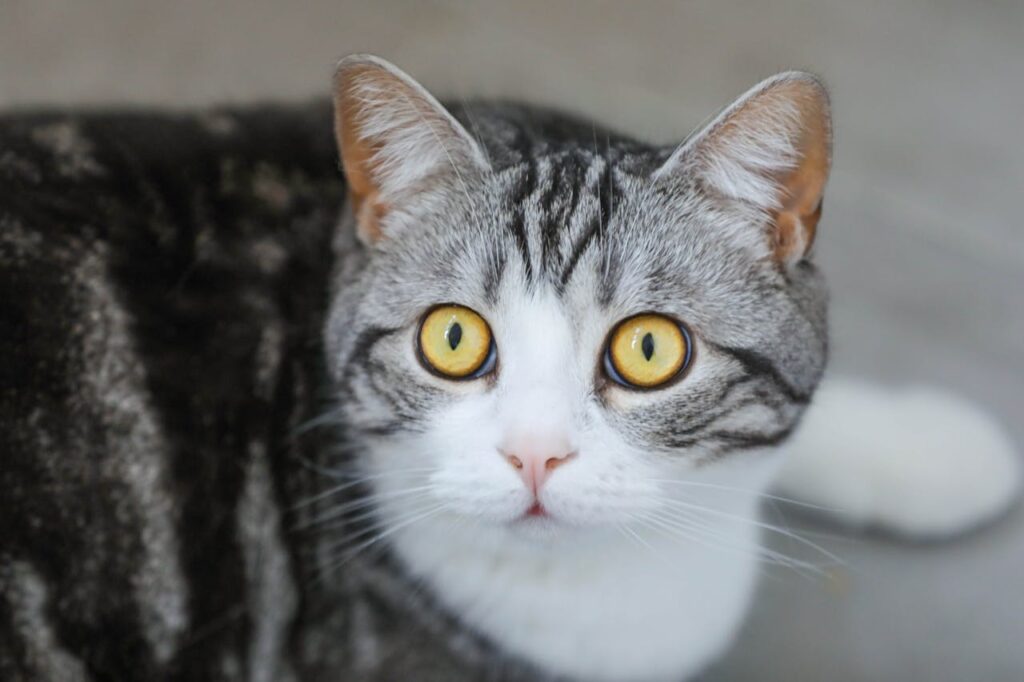Indoor plants add beauty, purify air, and bring a calming vibe to our homes—but for cat parents, they can also be a hidden health hazard. While that potted lily or trendy pothos might look harmless, many common houseplants are actually toxic to cats.
At Atlas Animal Hospital, we often see cases of curious cats nibbling on the wrong leaf—and unfortunately, what seems like harmless chewing can sometimes lead to vomiting, kidney issues, or worse.
Why Are Cats Drawn To Plants In The First Place?
Cats are naturally curious, and their attraction to plants is a mix of instinct and entertainment. They might chew on leaves for texture, play with dangling vines, or seek out the moisture in plant soil. Some cats even do it out of boredom or to help settle their stomach.
The trouble starts when the plant in question contains compounds that are toxic to feline systems. Some irritate the mouth and stomach, while others can affect vital organs like the kidneys or heart.
The Most Dangerous Offenders Hiding In Plain Sight
You might be surprised how many popular houseplants are on the no-go list for cats. Here are a few that are especially problematic:
- Lilies (of all kinds) – Just a small nibble can cause kidney failure in cats. Even licking pollen or water from the vase is dangerous.
- Pothos (Devil’s Ivy) – A favorite for indoor decor, but it contains calcium oxalates that can cause severe mouth and throat irritation.
- Peace Lily – Not a true lily, but still toxic—can cause drooling, vomiting, and difficulty swallowing.
- Dieffenbachia (Dumb Cane) – Another common houseplant that can cause intense oral pain, swelling, and difficulty breathing.
- Sago Palm – Every part of this plant is toxic and can lead to liver failure.
- Aloe Vera – Great for humans, not so great for cats—can cause vomiting, lethargy, and diarrhea.
If your cat is ever around any of these plants, even briefly, keep a close eye on them and don’t hesitate to call your vet.
What Symptoms Should Raise Alarm?
If you suspect your cat may have chewed on a toxic plant, quick action is key. Here are some common symptoms to watch for:
- Drooling or foaming at the mouth
- Vomiting or diarrhea
- Loss of appetite
- Lethargy
- Pawing at the face or mouth
- Breathing difficulties
- Tremors or seizures (in severe cases)
The team at Atlas Animal Hospital has treated everything from mild irritations to serious plant toxicities. If you’re unsure what your cat got into, bring a sample or photo of the plant when you visit—it helps us act faster.
Safe Alternatives That Still Look Great
The good news? You don’t have to give up on greenery entirely. Plenty of pet-safe plants can still bring nature indoors without risking your cat’s health. Some cat-friendly options include:
- Spider Plant
- Boston Fern
- Areca Palm
- Bamboo Palm
- Calathea
- African Violet
You can also grow cat grass (like wheatgrass or barley), which many cats love to nibble on safely.
If you’re not sure whether your current houseplants are safe, feel free to bring a list or photos to your next visit. We’re happy to help you cat-proof your home.
When In Doubt, Reach Out
Plant toxicity can range from mild to life-threatening, and cats don’t always show symptoms right away. If you’ve caught your cat chewing on a mystery leaf or suspect they’re acting off, it’s better to be safe than sorry.
Call Atlas Animal Hospital at 604-301-0300. Our experienced team can advise you on what to do next and whether your cat needs to come in for treatment. Whether it’s a minor scare or a serious emergency, we’re here to help your furry family members stay safe and healthy.

